Sensory activities for toddlers are fun! But they can also be messy. The kitchen sink is the ultimate solution for sensory activities for toddlers!
Both clean up and set up are easy. Yet, your toddler still gets all the benefits from the sensory activities.
Doing activities for toddlers in the kitchen sink makes it easy to watch your child while also tackling other kitchen tasks. Or, you can enjoy a much-deserved cup of coffee or tea.
We know it can be hard to keep your toddler busy. That's why we've also included some other fun indoor activities for toddlers to enjoy anywhere in your home. These activities for toddlers will keep your little one busy rain or shine. Plus, they'll help your child develop important skills and build basic knowledge related to science and math.
Let's get started!
Setting Up Sensory Activities for Toddlers
First, make sure your sink area is clear of any hazards such as glass, hot pots, or sharp knives. Then, set up a Mini Chef Convertible Helper Tower or our Foldable Helper Tower. That way, your child can step up to the sink independently. In a pinch, a sturdy step stool or wooden chair will also work to help your child access the sink.
You may also consider putting an apron on your child to protect their clothing. Also, gather your materials. Then, invite your child to the activity.
Ten Easy Sensory Activities for Toddlers to Do in the Kitchen Sink
Here are some sensory activities for toddlers to choose from. Each activity is fun and engaging and helps your child develop important skills. Remember, if your child isn't interested in the activity, you can try again later or another day.
1. Sink, Float, and Scoop
Materials:
Invite your child to gather a variety of items from around the house. You might give your child a basket or bucket. That way, it will be easier for them to carry the objects.
Choose a variety of items that are safe to put in water. For example, coins, rocks, twigs, plastic toys, corks, spoons, sponges, and small balls. You’ll also need a slotted spoon and a towel.
Instructions:
Fill up the sink with some water. Invite your child to drop the items into the sink and notice which items sink and which ones float. Then, your child can remove the floating objects with the slotted spoon. Encourage your child to continue to experiment with the objects.
Finally, you can show your child how to clean up. Simply have your child place each object on a towel beside the sink. Then, you can drain the sink.
This activity introduces children to the scientific method. It also encourages observation, among other skills.
2. Icy Excavation
Materials:
Ahead of time, freeze some water. For fun, you can dye it with food coloring. Add some plastic figurines to the water so that they freeze inside the block of ice.
To do this, you can freeze half a container of water first. Then, place the figurines in the container and cover them with water. Finally, freeze it again. You’ll also need tweezers, salt, pipettes, droppers, basters, spoons, etc.
Instructions:
To play, place the block of ice in the sink. Invite your child to excavate the icy block to find the toys inside. Give your child the tools and invite them to use salt, water droppers, etc. to uncover the toys.
In this kitchen sink activity, children work on fine motor skills and hand-eye coordination. Plus, toddler activities like this one help children build their attention spans. Additionally, this is a rich sensory play activity toddlers love.

3. Vegetable Scrubbing
Materials:
Root vegetables like potatoes or carrots, scrub brushes
Instructions:
Show your toddler how to gently wash the root vegetables to clean them with water and the scrub brush. This Montessori-inspired practical life activity can help your child grow in independence and confidence as they help in the kitchen. There are many benefits of cooking with children. For example, they'll be more likely to try fruits and vegetables.
4. Bubbles Galore
Materials:
Dish soap, whisk, measuring cups, funnels, etc.
Instructions:
Fill the sink about half-way with water. Add dish soap and show your child how to make bubbles by using the whisk. Invite your child to play with the bubbles using the measuring cups, whisk, and funnels, etc.
This activity for toddlers may seem simple. However, while playing your child learns about cause and effect and quantities, while also experiencing new textures.
5. Color Exploration
Materials:
Five or more small white cups or saucers, food coloring, pipettes or droppers
Instructions:
Prepare colored water in the three primary colors. Place a pipette or dropper in each cup. Then, invite your toddler to experiment with creating new colors using the pipettes to mix colors in empty cups or saucers.
Doing this experiment directly within the kitchen sink contains the mess. One fun variation on this sensory bin activity is to spray some shaving cream into the sink. That way, your child can "paint" the shaving cream with the food coloring. Young children will love the feeling of the shaving cream between their fingers.
Using pipettes can help your child grow their hand muscles. Similar to the other sensory activities for toddlers, children also learn about cause and effect. Plus, toddlers can discover the basics of color mixing.
6. Fishing
Materials:
A toy fishing rod with a magnet on the end. Or, you can make your own with a stick, string, and a magnet. You'll also need magnetic objects. A towel
Instructions:
Put the magnetic objects in the sink. Fill the sink partway with water. Then, invite your little fisherperson to fish! Watch your toddler have fun trying to "catch" the fish. Show your toddler how to put their "fish" on the towel to dry.
This sensory activity for toddlers helps little ones grow their attention spans. Plus, they learn about magnets and magnetic fields.

7. Landforms
Materials:
Clay or play dough, plastic trays, plastic figurines, blue food coloring, a small pitcher
Instructions:
This sensory activity helps teach toddlers about landforms like lakes, islands, and rivers. With your child, use clay to make a landform such as a lake on a small tray or plate. Then, ask your child to pour blue-colored water into the lake. Finally, invite your toddler to place the plastic figurines around and on the lake.
For example, if you have tiny plastic boats, your child can float them on the lake. Or, your child can stand plastic trees on the lakeshore.
8. Color Sorting
Materials:
Plastic bottle caps or plastic balls of different colors, one bowl for each color, and a slotted spoon or small sieve
Instructions:
Fill the sink half-full with water. Then, float the bottle caps or balls in the water. Next, invite your toddler to scoop the balls out one by one. Show your child how to sort them by color.
For young children, you might start with just one or two colors of balls. Older kids may enjoy the challenge of four, five, or even more colors! This activity helps toddlers learn to categorize objects.
9. Build a World
Materials:
Plastic figurines, food coloring, natural items, turkey baster, spoons, etc.
Instructions:
Invite your child to create an ocean, pond, or similar world. Start by filling the sink half-full with water. Add a few drops of blue or green food coloring for fun. Then, invite your child to play with plastic figurines, the turkey baster, and spoons.
You can also add natural items like leaves. They could serve as lily pads. Or, add twigs which could be logs. Encourage your toddler to enjoy pretend play with the different items.
10. Pouring
Materials:
Two pitchers or cups of a similar size, food coloring if desired
Instructions:
Fill one of the pitchers or cups with water. Add a few drops of food coloring if desired. Show your toddler how to pour the water from one pitcher to the other.
When your toddler gets bored with pitchers, you can try using cups, or different-sized pitchers. Doing this toddler sensory activity over the sink can help contain the mess. The food coloring helps your little one see the water.

More Sensory and Indoor Activities for Toddlers
Sensory activities for toddlers don't need to be complicated! On a rainy day, there are many indoor activities for toddlers to try that require little preparation. So, if you're looking for some great activities for toddlers that will help your child stay busy without turning on the TV or breaking out the tablet, try these out:
11. Sensory Bin
You've probably seen a sensory bin. With this sensory activity for toddlers, you add items to a large plastic bin. Some examples include dried grains like beans, kinetic sand, pom poms, cotton balls, shredded paper, and more.
Then, include items that your child can hide and uncover within the bin such as plastic figurines. You can create a theme such as a holiday, animal habitat, or dinosaurs. You can also add interesting smells for a whole sensory experience. Add a drop of vanilla or some dried lavender or mint.
12. Sensory Bag
A sensory bag is another fun toddler activity. For this activity, grab a gallon plastic Ziplock bag. Then, add about a half cup of hair gel to the bag. Next, add some items such as googly eyes, foam letters or shapes, beads, glitter, and more.
Close the bag, taking care to remove air. Finally, you might use packing tape to secure the bag. Then, place the sensory bag flat on a table and invite your toddler to play with it. The squishy texture and objects make it fun to explore.
13. Cardboard Box Art
Toddlers enjoy cardboard boxes. Why not offer your child a cardboard box, and some art supplies and watch them create? Offer items such as markers, pipe cleaners, tape, aluminum foil, crayons, and more.
Remember, your toddler doesn't have to create anything specific. It's the process that counts! While creating, they'll develop fine motor skills, concentration, and more!
14. Obstacle Course
Create a simple obstacle course for your child. Have your child climb up a mountain, which might be your Pikler triangle or your couch. Then, have your toddler do twenty jumping jacks. Add as many activities to your obstacle course as you'd like!
15. Painting Activities
A piece of paper and some finger paint can be a sensory activity. You can add more to it by grabbing some clothespins. Then, add different materials to the clothespins to create paintbrushes. For example, add herbs such as rosemary. Or, add pieces of sponge, fabric, feathers, cotton balls, and more!
Which of these sensory activities for toddlers will you try first? Let’s chat! Get in touch on our social media accounts and let us know.
Are you looking for more fun activities to enjoy in the kitchen? Try these too!
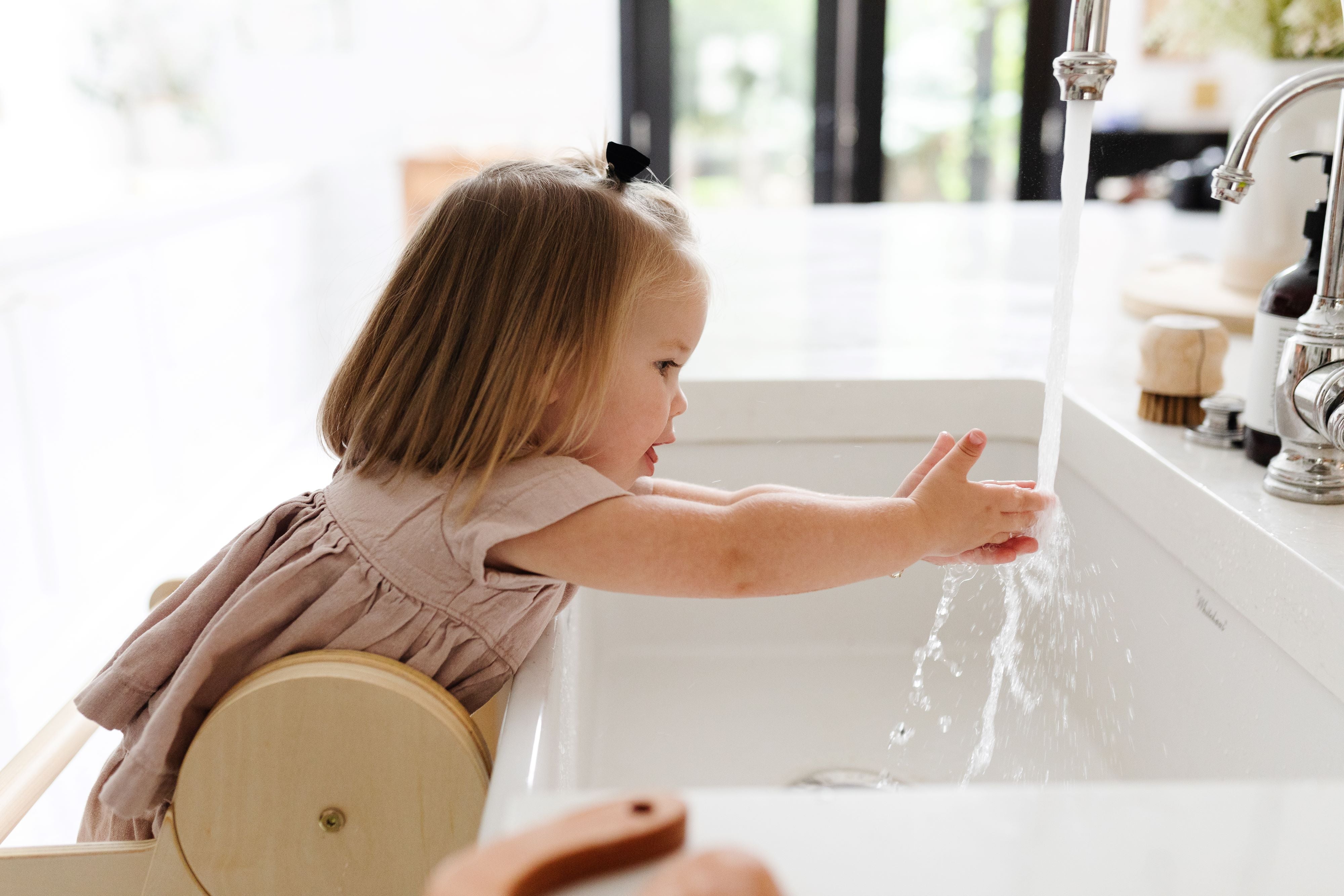

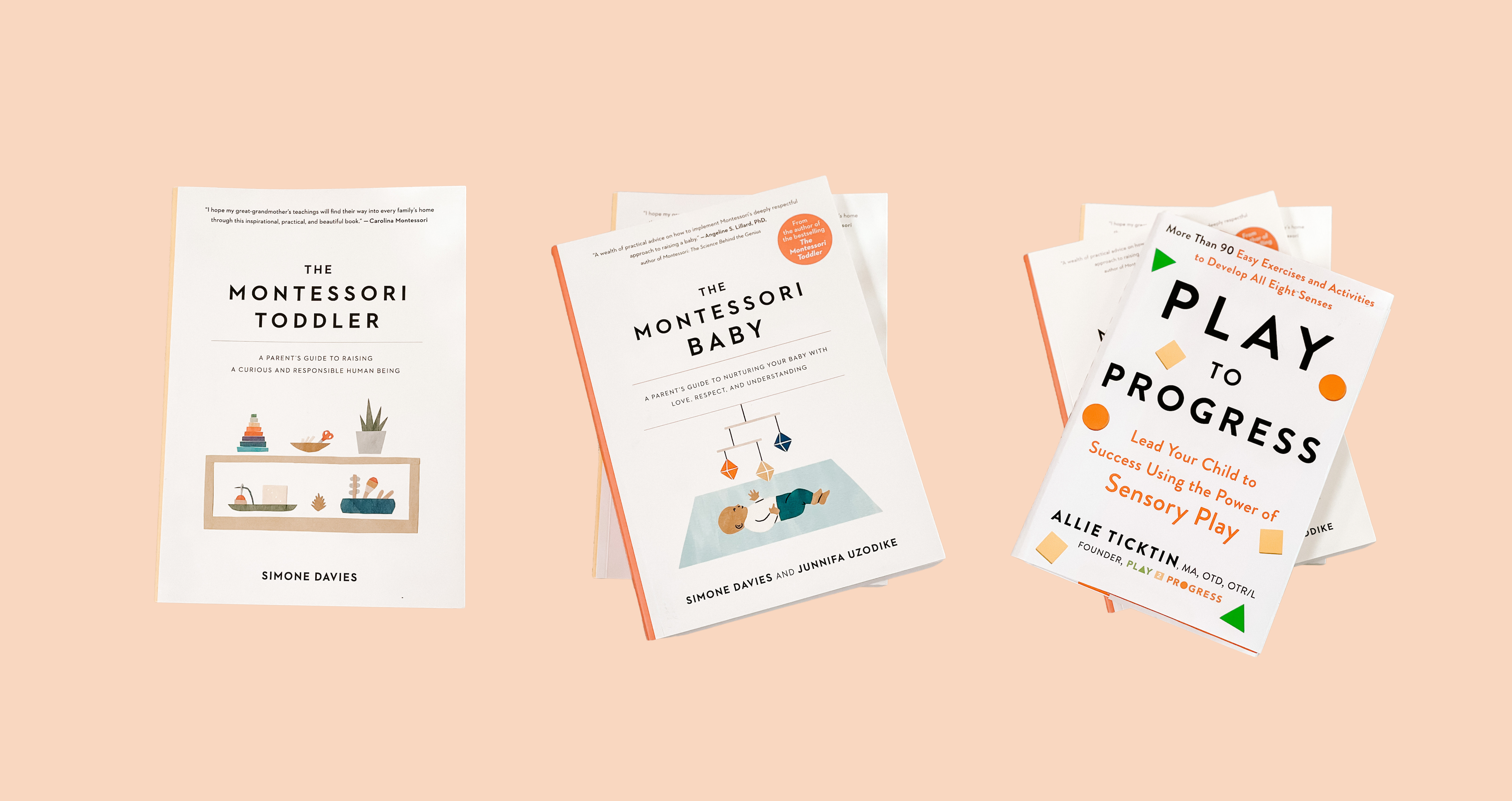

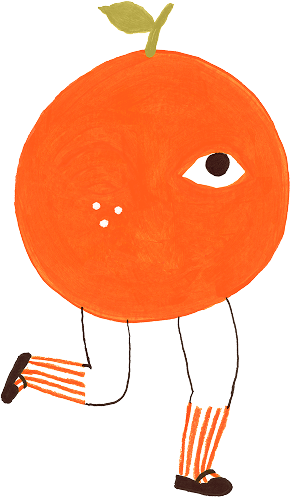
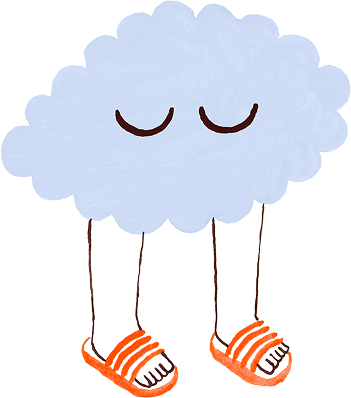
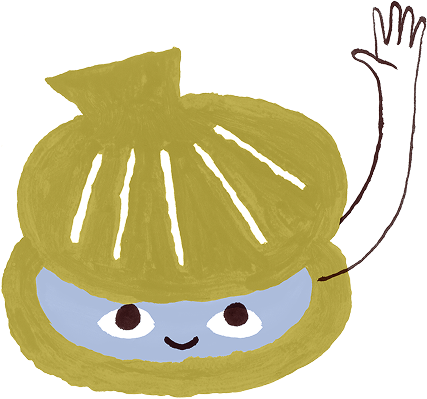
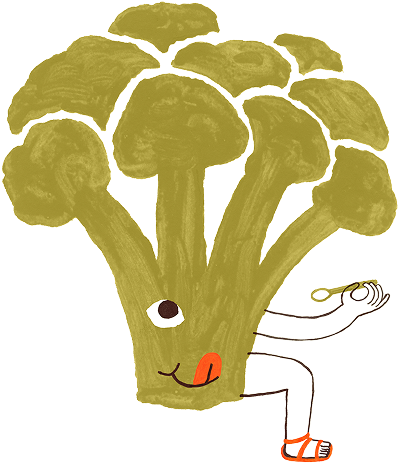
Leave a comment
This site is protected by hCaptcha and the hCaptcha Privacy Policy and Terms of Service apply.